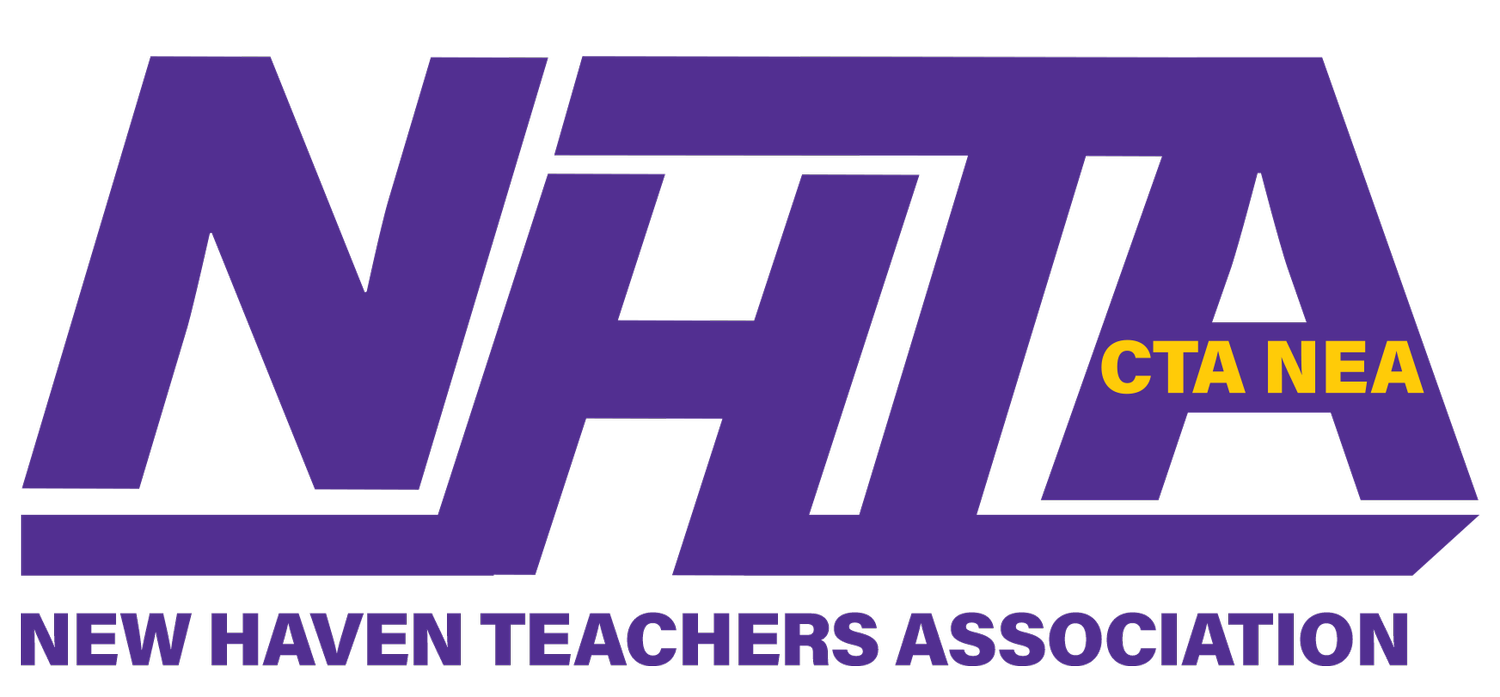CTA's July 8, 2020 Letter on Reopening Schools
Hon. Governor Gavin Newsom
Hon. Assembly Speaker Anthony Rendon
Hon. Senate Pro Tem Toni Atkins
Hon. Superintendent of Public Instruction Tony Thurmond
Honorable California Leaders,
We write on behalf of the 310,000 members of the California Teachers Association and the more than nine million students we serve regarding the pending reopening of schools and colleges throughout the state. We appreciate your leadership and efforts in meeting this extraordinary challenge. We understand the dramatic impact of the pandemic on the state budget and appreciate all efforts to protect public education, while recognizing that the budget relies on $13 billion in deferrals and additional federal funding. It is why, looking forward, we believe the state must have additional revenues to address the growing needs.
Since schools closed in March, CTA has said that the health and safety of our students and educators must always be our top priority and our guiding principle during this crisis. Much is still being learned about the COVID-19 virus. The recent surge in the infection rate and the closure of indoor activities in 26 counties gives us pause around the state’s preparedness for safe in-person school instruction in a short six- to eight-week time frame. In this current situation, we believe that the “Precautionary Principle” should guide us. This means taking the most preventative action in the face of uncertainty to protect students, educators, and our communities. Simply said, California cannot reopen schools unless they are safe.
Unfortunately, many local districts and communities don’t have the necessary resources or capacity to maintain even the most basic prevention measures of six feet physical distancing and limiting contacts, much less the other important preventative actions such as personal protective equipment (PPE), testing and tracing, or adequate ventilation and cleaning supplies.
While no one method of prevention by itself is 100 percent effective, layered strategies boost prevention with each measure knocking off some percentage of exposure and potential infection. This includes a clear and manageable plan to implement measures like physical distancing of six feet, reducing the number of contacts, face coverings, handwashing, daily health screening, support for sick and at-risk people to stay at home, robust testing, good ventilation (with absolutely no recirculated air), and cleaning and disinfecting.
We should be clear-eyed about this reality. How can we physically reopen schools with lower thresholds of safety than we currently have for restaurants or hair salons?
Safe school reopening will require the state to coordinate consistent public health department operations that offer a uniform symptoms checklist and safety protocols; data transparency and accessibility; increased testing dedicated to schools for students and staff; rapid case notification and contact tracing; isolation support and medical care for our most vulnerable students and families; and health monitoring of students to serve as early understandings of transmissions in schools and warnings of any school-based outbreaks. We also ask the state to direct the California Department of Public Health to coordinate with CalOSHA to develop and implement training for all school districts on safety protocols and to direct that Illness and Injury Prevention plans be updated and adopted prior to the first day of in-person instruction.
As educators, we too want to be back with our students doing the work that we love, but we cannot ignore science, facts, and safety. Absent a specific plan for each school that includes a clear line of responsibility and accountability we have two options:
A high-risk in-person opening, even under a hybrid model.
Start the new school year under robust distance learning protocols until the virus is contained in local communities and proper safety measures can be put into place.
It is clear that communities and school districts have not come close to meeting the threshold for a safe return to in-person learning, even under a hybrid model. In fact, with recent health orders issued in 26 counties impacting nearly 85 percent of Californians, we are going backwards. How can we reasonably expect hundreds of students, and in some cases more than 1,000 students, to come together on one campus for an entire day without putting their health and the lives of every adult on that campus at risk? Federal and state guidance regarding a phased reopening have focused on a sustained downward trajectory of COVID-19 cases for 14 days or no more than 1 COVID-19 case per 10,000 in the past 14 days. From a public health perspective, the best course of action would be to focus on improving our ability to provide robust, quality distance learning until the virus is marginalized and safety measures are addressed.
Just yesterday, on July 7, President Donald Trump implored the nation’s schools to physically open amid a new wave of COVID-19 diagnoses. In doing so, he pointed to other countries’ abilities to reopen their schools as evidence that America’s schools needed to do the same. President Trump ignores the fact that these other countries invested heavily in PPE, health and safety protocols for education and testing – the very resources that he is threatening to withdraw. We have joined you in lobbying the federal government for more money for California to aid in the COVID-related budget impacts. We are deeply concerned that politics are being played with the lives of children and the educators who serve them.
